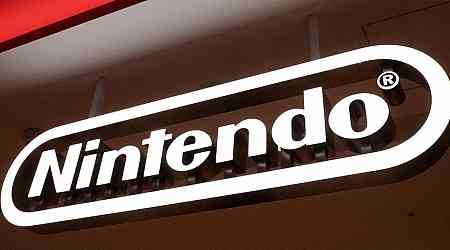CMS Magento is one of the most popular engines for e-commerce. With its help, users will be able to create huge online stores with a lot of different additional features. CMS Magento is made in PHP and MySQL and has open-source code, which means that it can be improved and adapted to your own needs at any time. At the moment the engine is fully owned by Adobe.
Ease of use
Magento was originally designed to provide e-commerce services. The developers position their product as the easiest to learn, but newcomers, due to the lack of a built-in visual constructor, will still have to learn a little about its features and understand the functionality. For more advanced users, working with Magento will not be a problem.
Adding new categories, pages, and products, as well as editing them, is done directly in the admin panel. Here you can also manage add-ons, customize templates and much more. If we consider this approach from the technical point of view - the absence of a visual editor directly on the product pages saves from unnecessary scripts, which often become a stumbling block on the way to performance. Having studied a little the basic functionality of the engine it becomes convenient in management as here literally there is nothing superfluous that could affect the important indicators of efficiency.
Administration panel design
The Magento admin panel is made in a classic style for such things. When logging in, the user gets to the Dashboard section, where the summary information about events on the site is collected. Here you can view the number of purchases, identify the products that are sold more often, find out the average check and determine the most popular requests.
The main menu is on the left side and is divided into several categories:
Dashboard is a summary of the store;
Catalog - divided into sub-items "Categories" and "Products", here you can add new products and categories, as well as adjust them;
Costumers - information about visitors to the site;
Content - here you can configure the visual part of the online store, you can customize Options in Magento 2, as well as connect or disable individual widgets, and users can add to this separation of the landing page or make entries in the blog, which are then displayed in the news;
Stores is a particularly useful section for owners of multi-lingual online stores, where you can translate and regionally add each of them;
The system is a tab containing basic engine and system settings.
It should be noted that initially, Magento does not support lots of languages. But this will not be a problem, as there are both individual users and the whole community that is engaged in localization of the CMS, and most importantly, that it can be translated into your language for free.
Rates
The cost of a CMS Magento depends directly on the type of license purchased. The starting price varies within the range of about 2000 USD. At the same time, users will receive round-the-clock support, will be able to use the "cloud" from the developer company and use all the necessary functionality. It should be noted that the initial amount increases several times if you need to introduce many improvements, for example, to integrate with domestic ARM systems or 1C.
It should be noted that each user can get a full-featured demo version of Magento for 30 days. This can be done directly at Magento.com, but after this period it will be necessary to either buy a full license or refuse the CMS.
Among the main advantages of Magento are the following:
Improved caching system Varnish Cash - speeds up the loading of pages;
Improved indexing processes - the indexing of the site pages is done in the background and it will not affect the speed of its operation;
Full integration with Google Analytics - full shop reporting and integration with services such as Google AdWords;
Advanced user management - multiple users can have a single account, and for some of them, you can set restrictions on viewing the directory;
Support for multiple payment systems, including PayPal;
The ability to make large purchases with a check of up to 300 positions;
High speed of operation even with a large number of visitors;
The adaptability of templates for mobile devices.




























